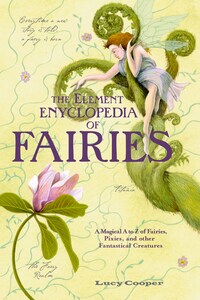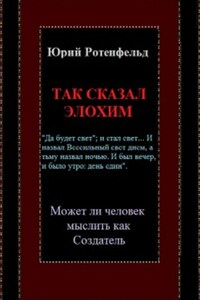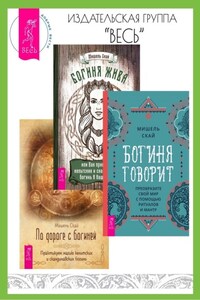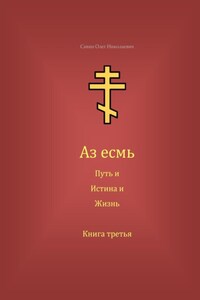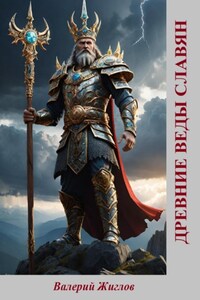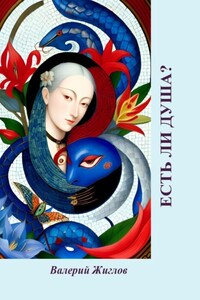Boggles, Bloody Bones, brownies, black dogs, Shellycoats, barguests, Robin Goodfellows, hags, hobgoblins, dobies, hobthrusts, fetches, kelpies, mumpokers, Pans, sirens, nymphs, imps, incubuses, Kit with the Cansticks, Melsh Dicks, knockers, elves, Rawheads, Padfoots, pixies, dwarves, changelings, redcaps, colt pixies, Tom Thumbs, boggarts, shag foals, brags, wraiths, waffs, gally-trots, Peg Powlers, Pucks, fays, selkies, Cauld Lads, sylphs, nixies, cluricaunes, kobolds, leprechauns, banshees, Lhiannan Shees, Gabriel Ratchets hounds, trows, sprites, and spunkies …
Welcome to the wonderful and diverse world of fairies.
These are just some of the fairy creatures listed in a series of nineteenth-century folklore pamphlets by a Yorkshire tradesman named Michael Denham, later published as The Denham Tracts, edited by James Hardy (London: Folklore Society, 1892–1895).
This snapshot of the fairy realm in the British Isles of the not-so-distant past introduces us to a world in which nursery bogies, such as Bloody Bones, lurked in the cupboard under the stairs, and mischievous pranksters Puck and Robin Goodfellow cavorted in the countryside, likely to transform at any moment into flickering lights and lead unwary travelers on a merry dance through briars, ditches, bogs, and streams. Dobie, the helpful household fairy, lent a hand around the home, while the troublesome boggart delighted in upturning dishes, snatching bread and butter, and teasing members of the household with his tricks.

This brief peek into fairyland reveals a colorful cast of denizens, wildly different in appearance and characteristics, before we have even ventured further afield than the British Isles. Fairies have appeared in various guises in cultures around the world since ancient times, from the dryads and nymphs of ancient Greece to the noble Sidhe of Ireland, and from the Australian arawotya to the zinkibaru of Africa. Traditionally, fairies have assumed a number of different roles, as guardians, guides, gatekeepers, muses, and messengers, exerting an influence over human lives that may be by turns benevolent, malevolent, or mischievous, which makes pinning them down to definitions a tricky task.
Definitions are slippery things in the fairy world. Hard and fast rules have a habit of bending, blurring, or evaporating into thin air when applied to the capricious denizens of fairyland. The harder you try to pin down a fairy, the more likely it is to wiggle out of your grasp and vanish with a mischievous poke of the tongue.
As a rule of thumb, it is generally said that fairies belong to a race of supernatural beings possessing magic powers who sometimes meddle in the affairs of humans.
C. S. Burne, in The Handbook ofFolklore (1914), describes fairies as beings somewhere between gods and men, not quite human yet not quite divine. They share the Earth with humans more or less invisibly. They may be messengers for higher powers or operate independently but interact in some way with the lives of humans.
In Native American folk beliefs, every aspect of the natural world is imbued with the universal life force, which goes by many names, including manitou, orenda, and wakanda. Fairies in the form of nature spirits are found in many other cultures, too.
Under these broad definitions we find fairies of all shapes and sizes. The ant-sized abatwa of South Africa are small enough to hide behind a blade of grass, while the Cornish spriggans, generally no taller than a person’s bootlaces, can rapidly increase to the size of giants to frighten away would-be thieves who attempt to steal their treasure. The German household spirit King Goldemar is invisible, but makes his presence known by the touch of his thin, froglike hands.
Shapeshifting is a common fairy attribute, and looks can be deceptive—a wizened old hag is likely to be a beautiful princess in disguise. Swan maidens and selkies transform from human to animal form and have been known to interbreed with humans—though unions between mortals and fairies seldom run smoothly. Other fairies manifest as animals in the shape of cats, dogs, birds, or hybrid creatures, part-human, part-animal, such as mermaids, merrows, and Lamia, or in humanlike form, whether tiny or larger than life.
